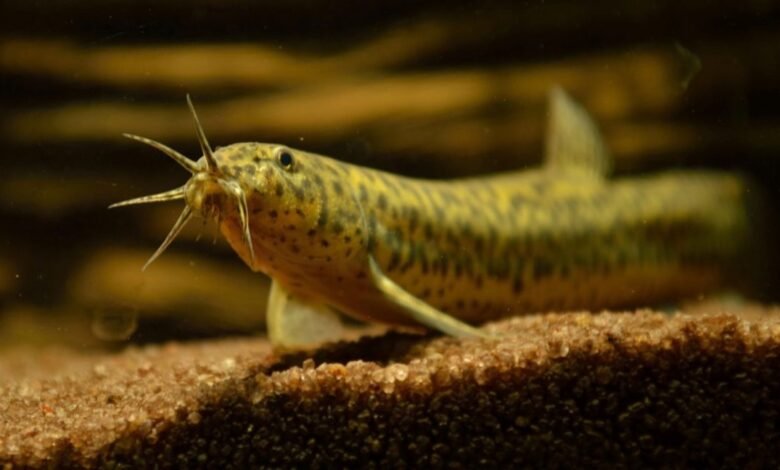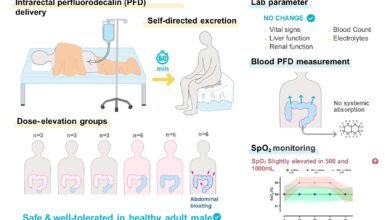Medical Breakthrough: Breathing Through the Gut

▼ Summary
– Researchers won the 2024 Ig Nobel Prize in Physiology for discovering that many mammals can breathe through their anus.
– The same team is now studying how to adapt this method to treat people with blocked airways or clogged lungs.
– This research emerged during the COVID-19 pandemic amid shortages of ventilators and artificial lungs.
– The team was inspired by loaches and sea cucumbers, which use intestinal breathing to survive in low-oxygen environments.
– Experiments were conducted on mice and micro-pigs using a perfluorocarbon liquid originally developed as artificial blood.
A surprising medical breakthrough suggests that intestinal breathing, a concept once relegated to science fiction, could offer a viable solution for patients experiencing severe respiratory distress. This unconventional approach gained scientific recognition when a research team received the 2024 Ig Nobel Prize in Physiology for demonstrating that numerous mammals possess the ability to breathe through their intestinal tract. Beyond the initial humor, the underlying research holds profound medical potential, particularly for individuals suffering from blocked airways or compromised lung function. Recent investigations have advanced this concept, moving rectal oxygen delivery closer to becoming a practical clinical intervention.
The global ventilator shortages witnessed during the COVID-19 pandemic spurred scientists to explore radical alternatives for supporting respiration. A team from Cincinnati Children’s Hospital Medical Center found inspiration in an unlikely source: the loach, a small freshwater fish. Loaches, along with creatures like sea cucumbers, can survive in low-oxygen environments by utilizing their intestines for gas exchange. This process, formally termed enteral ventilation via anus (EVA), is possible due to a dense network of capillaries lining the intestinal walls, which can absorb oxygen directly into the bloodstream.
Researchers hypothesized that a similar mechanism might function in mammals. To test this theory, they conducted a series of experiments using mice and micro-pigs as animal models. Their work built upon foundational research by Leland Clark, another scientist from the same institution, who had previously developed a specialized perfluorocarbon liquid known as Oxycyte. Initially conceived as a synthetic blood substitute, Oxycyte’s remarkable capacity to hold dissolved oxygen provided the crucial link. While Clark’s original vision for an artificial blood product was never fully realized, his discovery captured the public imagination, most notably featuring in the 1989 film The Abyss, where a rat is shown breathing in a similar oxygen-rich fluid.
(Source: Ars Technica)

